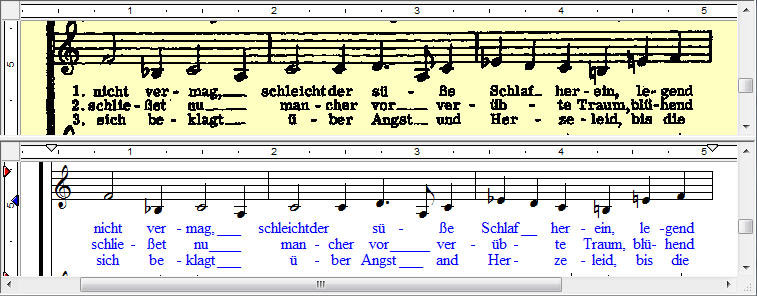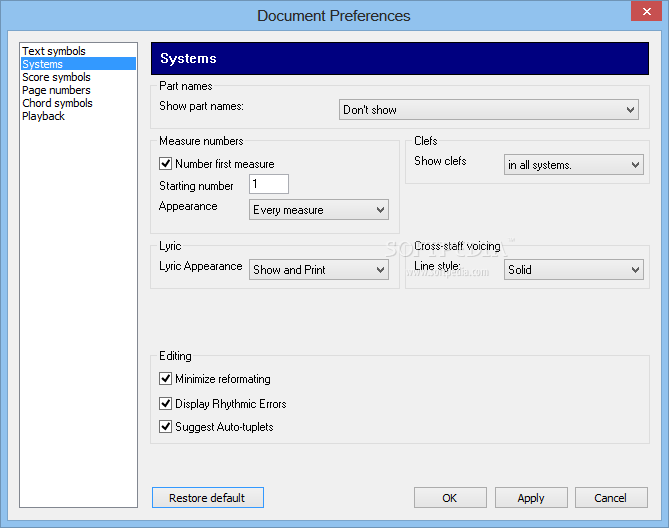


Published by Édition classique a Durand & fils 1915. The first movement of Beethoven's first piano sonata edited by Paul Dukas
Smartscore x2 pro pdf#
Program), Here are the original scans as a PDF file and as TIFF images for In both cases, only theĪutomatically identified music is being compared, with no corrections madeīefore generating MusicXML export and loading into Finale and Sibelius.įor further comparsion (such as the rest of the piece, or with another OMR Given on each side of the original scanned image. Comments on each measure in SmartScore and SharpEye are On the right, and the middle column contains the original input scan toīoth programs. SmartScore output is on the left, SharpEye output is SmartScore X2 Pro and SharpEye 2.68 using Beethoven's first piano sonataĪs test material. The following table contains measure-by-measure input and output for

OMR Comparison of SmartScore and SharpEye


 0 kommentar(er)
0 kommentar(er)
